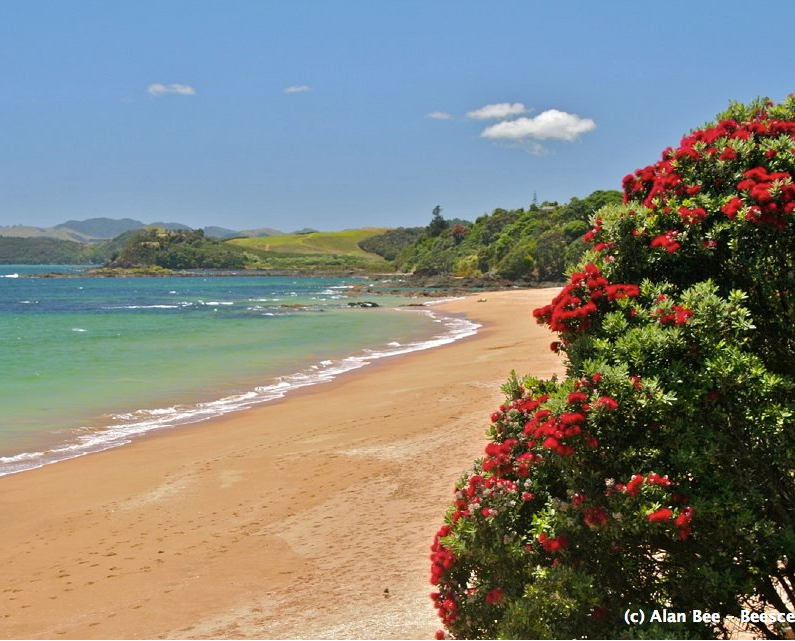New Zealanders are encouraged to do their surfing online before hitting the beach this summer. Beach goers can check the quality of the water at their nearest beach thanks to environmental monitoring website Land, Air, Water Aotearoa (LAWA).
Information on beach water quality at over 350 beaches around New Zealand is now accessible online from www.lawa.org.nz. The website provides a seasonal guide to beaches’ water quality based on the last three years of monitoring as well as the results of weekly beach testing.
“Beaches are a key part of many New Zealanders’ lifestyles and it’s important that people can swim without getting sick from contaminated water,” explains Dr Jarrod Walker, senior marine scientist at Auckland Council.
“By reviewing bacteria levels at beaches over time, LAWA allows us to assess to what extent the water at our beaches is affected by bacteria and whether this poses a health risk to the public.”
Based on the last three years of enterococci data, Dr Walker says that the majority of monitored beaches are suitable for swimming.
“64 per cent of monitored beaches are classified as having a low or very low risk of causing infection or illness. 14 per cent are classified as high risk and the remainder are within acceptable limits.”
As well as the seasonal guide, LAWA also provides the results of the most recent weekly beach monitoring, allowing users to see the latest bacteria reading and how this might affect current suitability for swimming.
Read together, the seasonal indicator and weekly monitoring results give people a good idea of the water quality. However, Dr Walker says people still need to think twice before swimming after heavy rain.
“Even a low risk beach can be unsuitable to swim at from time to time and we recommend that you avoid swimming for 48 hours after heavy rainfall.”
He also advised people to remember LAWA provides information on water quality but other hazards may be present.
“Our natural environment is a great playground but can be unpredictable. People need to be aware of the other potential risks such as rips or currents before jumping in.”
LAWA was developed by New Zealand regional and unitary councils, the Ministry for the Environment and the Cawthron Institute with the support of the Tindall Foundation to provide New Zealanders with more accessible information about natural resources.
The website was launched in March with information on river water quality at over 1110 sites around the country.
“People want to know more about what’s going on in their environment and the response to the river data available on LAWA has been really positive, said Fran Wilde, Local Government New Zealand Regional Sector Group Chair.
“It’s great to be able to build on the information available and move into the marine environment and we’re excited to provide beach information on LAWA in time for summer when our beaches are at their busiest,”
Ms Wilde said work on other environmental indicators for LAWA is ongoing and the website will eventually show information on water quantity, air quality, land and biodiversity, as well as more fresh and coastal water quality data.
LAWA will also contribute to a new national environmental reporting regime being designed by the Ministry for the Environment and Statistics New Zealand.
LAWA can be accessed at www.lawa.org.nz
Here’s what the media had to say about the coastal water monitoring section of the LAWA website:
NZ Herald Monday 21 December, Sunday 20 December

